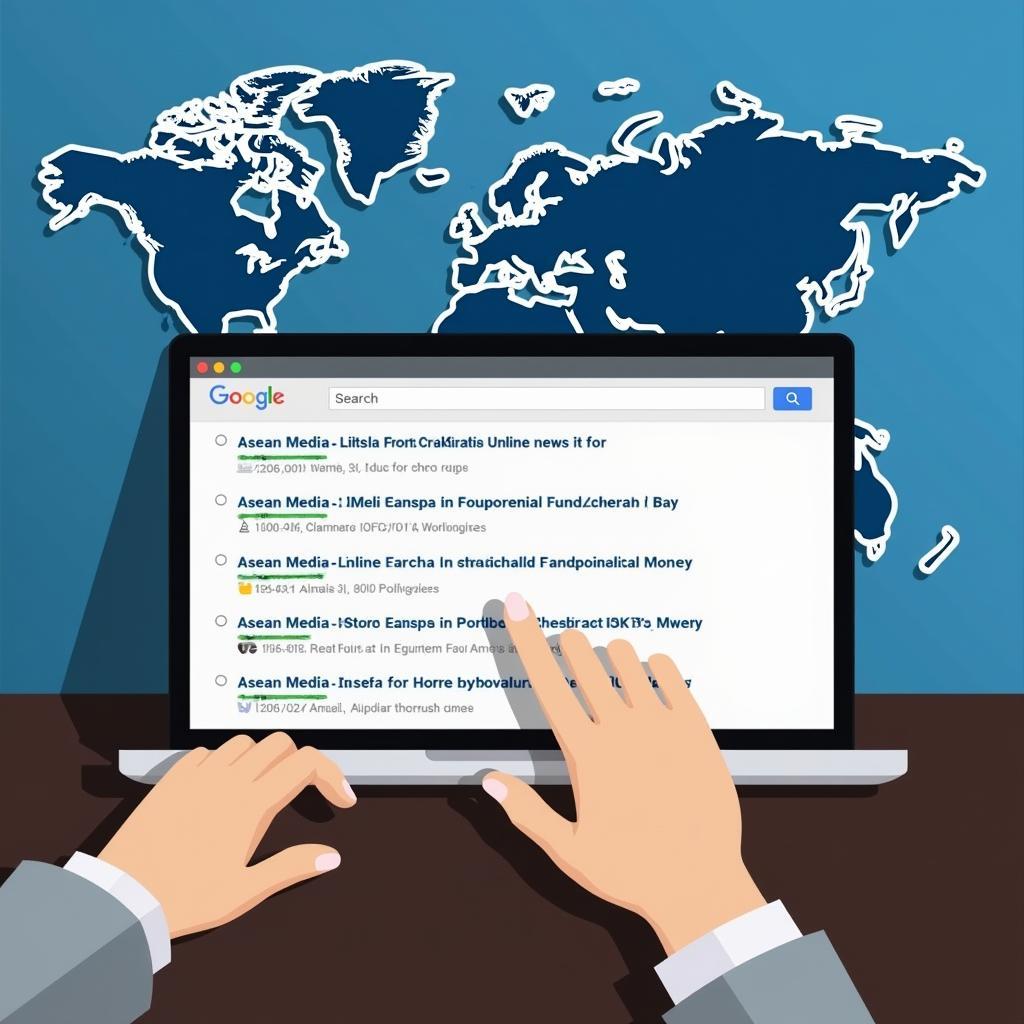The ASEAN Free Trade Area (AFTA) is a trade bloc agreement by the Association of Southeast Asian Nations (ASEAN) supporting local trade and manufacturing in all ASEAN countries. Established in 1992, AFTA’s primary goal is to increase ASEAN’s competitive edge as a production base in the global market through the elimination of tariffs and non-tariff barriers among member states.
What are the Key Features of the ASEAN Free Trade Area?
The ASEAN Free Trade Area (AFTA) has several key features that distinguish it and contribute to its purpose of bolstering Southeast Asian trade. One crucial aspect is the Common Effective Preferential Tariff (CEPT) scheme. This mechanism gradually reduces tariffs on intra-ASEAN trade, making goods and services more affordable within the region. Another defining characteristic is the simplification of customs procedures, which streamlines trade processes and reduces bureaucratic hurdles. Furthermore, AFTA promotes transparency and predictability in trade policies, fostering a stable and reliable business environment for investors and businesses. These core features work together to create a more integrated and efficient marketplace within Southeast Asia.
The Common Effective Preferential Tariff (CEPT) Explained
The CEPT scheme is central to AFTA’s operations. It involves a phased reduction of tariffs on most goods traded within ASEAN to 0-5%. This reduction not only makes products cheaper for consumers but also encourages businesses to source materials and produce goods within the region. The CEPT scheme also includes provisions for the elimination of non-tariff barriers, such as quotas and cumbersome regulations, further simplifying trade within the bloc.
What are the Benefits of AFTA?
AFTA brings numerous benefits to ASEAN member states. One of the most significant advantages is increased trade within the region. Lower tariffs and simplified customs procedures have led to a substantial growth in intra-ASEAN trade, boosting economies and creating jobs. AFTA also attracts foreign direct investment (FDI). The integrated market and favorable trade conditions make ASEAN an attractive destination for foreign investors seeking to access a large and growing consumer base. “AFTA provides a platform for ASEAN to negotiate trade agreements as a bloc, increasing its bargaining power in the global market,” notes Dr. Su Lin Aung, a prominent economist specializing in Southeast Asian trade.
Increased Competitiveness in the Global Market
By reducing internal trade barriers and promoting regional integration, AFTA strengthens ASEAN’s overall competitiveness in the international market. This allows ASEAN countries to better compete with other major economic blocs. apec asean countries “The combined economic strength of ASEAN under AFTA provides a more powerful voice in global trade negotiations,” adds Dr. Aung. This amplified voice enables ASEAN to advocate for policies that benefit the region and its member states.
Challenges and Future of AFTA
While AFTA has achieved significant success, it also faces challenges. One key challenge is the varying levels of development among ASEAN member states. This disparity can create difficulties in implementing trade agreements and distributing benefits equitably. Another challenge is the persistence of non-tariff barriers, which can still hinder trade despite efforts to eliminate them. “Addressing non-tariff barriers and ensuring inclusive growth are crucial for the future of AFTA,” says Dr. Aung. about asean economic community The future of AFTA lies in continued efforts to deepen integration, reduce non-tariff barriers, and promote inclusive growth. Initiatives such as the ASEAN Economic Community (AEC) aim to further integrate the region and address these challenges.
Conclusion
The ASEAN Free Trade Area (AFTA) is a cornerstone of ASEAN’s economic integration efforts. By reducing tariffs, simplifying customs procedures, and promoting regional cooperation, AFTA has significantly boosted intra-ASEAN trade, attracted foreign investment, and enhanced ASEAN’s competitiveness in the global marketplace. While challenges remain, the ongoing commitment to deepening integration and addressing these challenges holds promise for a brighter future for AFTA and the ASEAN region as a whole. agenda of asean
FAQ
- What is the main goal of AFTA? (To increase ASEAN’s competitiveness in the global market).
- What is CEPT? (Common Effective Preferential Tariff scheme).
- How does AFTA attract FDI? (By creating a favorable trade environment).
- What are some challenges facing AFTA? (Varying levels of development among member states, non-tariff barriers).
- What is the future of AFTA? (Deeper integration, reducing non-tariff barriers, inclusive growth).
- What is the role of AFTA in the ASEAN Economic Community? (AFTA is a key component of the AEC).
- How has AFTA impacted intra-ASEAN trade? (It has significantly increased trade within the region).
When you need assistance, please contact us at Phone Number: 0369020373, Email: aseanmediadirectory@gmail.com Or visit us at: Ngoc Lien Village, Hiep Hoa, Bac Giang, Vietnam. We have a 24/7 customer service team.

